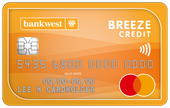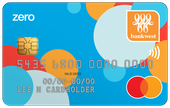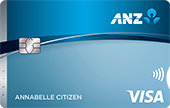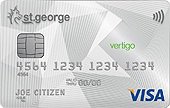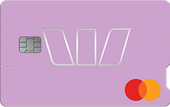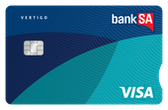Starting out in higher education brings plenty of excitement, but also lots of financial challenges. Most students are on a tight budget, juggling study with part-time work in many cases. At the same time they may be navigating the demands of independent personal finances for the first time, with little or no credit history to show to potential lenders.
That's where a dedicated student credit card fits into the picture. They often have helpful features, such as:
- Lower annual fee and interest rates than many standard credit cards
- Lower income requirements
- Relaxed eligibility in terms of credit history and score
- Lower credit limits that are easier to manage
- Little if anything in the way of rewards points and benefits hassle to get your head around
Payment convenience, but beware debt trap
Student credit cards make it easier to pay for items like Opal card top-ups, takeaway food and mobile phone plans, and are especially fast and convenient if your credit card links to a payment app so that you can pay with your phone. But they also present you with the temptation to spend money you may not have.
The best way to use any credit card is to take full advantage of the interest-free days during the monthly billing cycle, but always pay off the balance in full, on or before the due date. That way, you get to use the bank's money for free for up to 55 days in some cases, but avoid paying interest charges. Even though student credit card interest rates tend to be lower than those attached to premium credit cards, they are still relatively high, and if you don't clear your balance in full you may see your debt snowball as a result of interest charges.
However, its OK to run a balance from time to time if you know that you'll have money coming in to repay it in a short while. Just don't fall into the trap of spending money you will not have in the near future.
Managing your finances when using a student credit card
Here are a few basic tips to keep you out of trouble:
- Have some life goals. This is a great starting point because it will motivate you to keep out of debt more than anything else. If you want to buy a car or house one day, you’ll have the incentive to live conservatively for the sake of the greater goal. Whatever money you get, try to put a little of it aside every week towards your goal, no matter what.
- Make a budget and stick to it. Be realistic when you budget and include recreational spending, because this is normally where the money gets blown. If you know what you’ve got to spend, you’ll be more likely to stick to it. Break it down into a monthly and weekly budget. Get some help from a friend or online if you’re stuck.
- Live within your means. That’s right, everyone else might be accumulating debt, but you’ll be so much better off spending only what you have or what you know you can pay off in full at the end of the month.
- Have an emergency fund. Most people rely on their credit card for emergencies. You’ll do yourself a favour if you set aside some money in an emergency savings account. Then, when an emergency comes (which is inevitable), you won’t have to go into debt amidst an already stressful time.
- Pay in cash as much as you can. Paying for things in cash means you’re paying for things with your own money. It’s much easier to lose track when you pay for everything with a plastic card.
- Use your card as little as possible. Sometimes you need a credit card for online purchasing or other needs, but because student cards don’t generally have any rewards programs, and because they have low credit limits, you’re not doing yourself any favours by using it for the sake of using it. Keep it for when you have no other option.
- Pay off your balance in full each month. You want to build up a good credit rating, stay out of debt and avoid interest charges. Paying off your balance and covering anything you’ve spent that month will accomplish that.
Other types of credit cards suitable for students
Not every credit card suitable for students has the label 'Student credit card' hanging round its neck. You may find a card that will work for you among credit cards for first-timers, or cards with no annual fee or low interest. Work out which features are most important to you, check that you can meet your chosen card's eligibility requirements, assemble your documentation, and apply online for a faster response.
